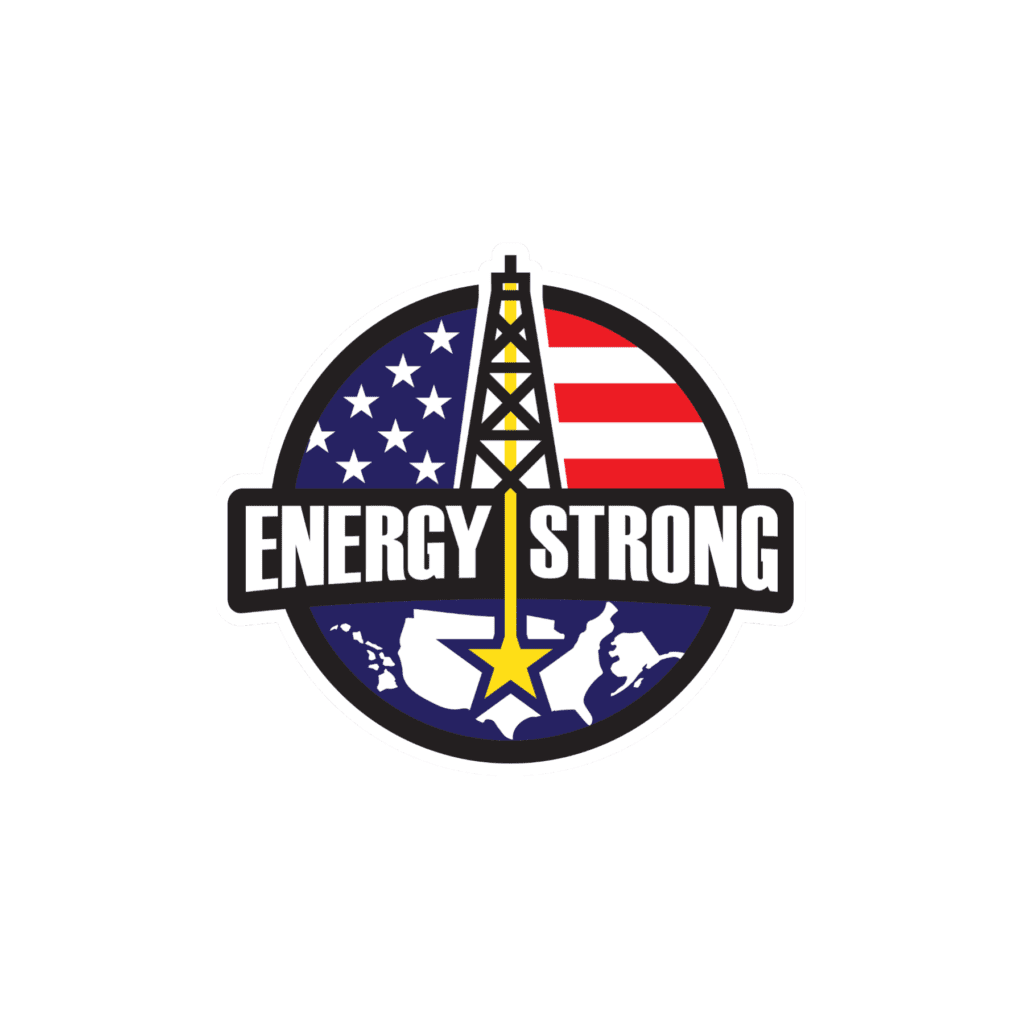April Nymex natural gas futures extended gains Tuesday with bulls feeding on near-term weather forecasts that would support a bump in demand and a pullback in the widening of natural gas storage surpluses.
At A Glance:
- Futures add to prior gains
- Demand boosted by chill
- Cash gas up, Texas negative
The front-month contract settled 4.1 cents higher at $1.744/MMBtu after trading from $1.701 to $1.769. May futures, setting up to take the lead position, closed up 4.3 cents at $1.876.
NGI’s Daily Spot National Avg. was 10.0 cents higher day/day at $1.405. Strong gains were noted in West Texas, but prices still averaged in the negative after days of retreating amid healthy Permian Basin production and weak demand.
In the upcoming seven days, NatGasWeather forecasts systems would track across the northern United States, bringing highs in the 20s to 50s and areas of rain and snow. The southern areas will be mild to nice, with highs in the upper 50s to 80s and areas of showers.
The outlook for the 8-15 days through April 3 showed the western and central portions of the country would be mild to cool with highs in the 30s to50s as weather systems bring rain or snow. The southern and eastern areas would be mild to warm with highs of 50s to 80s, except for a brief cooldown March 29-30 with temperatures into the 40s to 70s as a weather system tracks through.
“Weather patterns, for the first time in seven weeks, are cold enough to bring near to slightly stronger than normal demand for several days instead of much lighter than normal demand,” NatGasWeather said.
Production And Demand
Amid the colder conditions, EBW Energy Group analyst Eli Rubin said, “Production freeze-offs in the Bakken and Rockies are possible and could reinforce the focus on the pace of production losses.”
Production has been on the decline in recent weeks since producers announced cutbacks amid the weak price environment.
Gelber & Associates analysts noted a drop of 1.4 Bcf/d in production to 101.1 Bcf/d, stemming mainly from the Northeast and South Central regions. ”This leaves output below the prevailing 102 Bcf/d level that producers held last year,” the Gelber analysts said.
Wood Mackenzie Lower 48 natural gas production scrapes showed output fell to 99.6 Bcf/d Tuesday from 101.6 Bcf/d Monday and a recent 30-day average of 102.3 Bcf/d.
On the demand side, residential/commercial sector demand was 27.8 Bcf/d on Tuesday and was expected to jump in the coming week to 33.1 Bcf/d, driven by heating demand due to the cooler weather.
“Demand would be more impressive if not for the southern half of the country experiencing comfortable highs of upper 50s to 80s, NatGasWeather said.
The firm said the net result of recent and coming weather patterns is for natural gas inventory surpluses to increase to nearly 660 Bcf off Thursday’s U.S. Energy Information Administration (EIA) report, then hold steady due to the current near seasonal pattern.
Storage Outlook
With eyes trained on natural gas inventories, expectations for the possible first natural gas storage build of the year and the first in the third week of March since 2016 sapped some of the session’s early weather-driven gains.
Natural Gas storage was at 2,325 Bcf after EIA reported a 9 Bcf withdrawal for the week ending March 8. This was 336 Bcf above the same week last year and 629 Bcf above the five-year average.
NGI modeled a 9 Bcf injection for the storage report due Thursday for the week ending March 15. Early estimates submitted to Reuters spanned between a withdrawal of 11 Bcf and an injection of 9 Bcf, with an average decrease of 3 Bcf. Results of a Bloomberg survey showed an average build of 5 Bcf.
The results would compare with a draw of 72 Bcf at the same time last year and a five-year average draw of 38 Bcf.
It would be “…hard for Natural Gas to claw its way out of the hole when the storage surplus to last year and the five-year average increases endlessly,” said Mizuho Americas’ director Robert Yawger.
However, the market continues to take stabs at the upside, with April futures rolling into May on March 26.
Mobius Risk Group analysts said, “Based on current price levels, and just over a week away from the April contract expiry, we could be on the precipice of seeing a trifecta of stronger power demand (some markets are prone to set fuel mix for the season), a recovery in LNG feed gas demand, and an extension of production curtailments.”
But Rubin said that unless weather-driven demand continues to build, “the April contract’s attempt to flip the market narrative may fizzle.”
Cash Moves Up
Spot gas prices were higher Tuesday for Wednesday delivery at most regional delivery hubs, but gains were most significant in West Texas.
Waha added 88.5 cents, leaving the hub average in the red at minus-27.0 cents, while gains at hubs across the region lifted the W. TX/SE NM Regional Avg. $1.020 day/day to minus-7.0 cents.
Wood Mackenzie analyst Laura Munder said Texas production is down about 600 MMcf/d, with about 260 MMcf/d in the East, 175 MMcf/d in the South, 145 MMcf/d in the Permian, and 20 MMcf/d in District 10.
Munder said that in the Permian, El Paso Natural Gas Co. began downstream maintenance at the Dilkon Station, which affected the North Mainline, and at the Lordsburg Station until March 20 and 22, respectively.
Bucking the broader advance, prices at California’s hubs were mainly steady to lower as mild weather dominated forecasts.
PG&E Citygate slipped 8.0 cents to $2.300, and SoCal Border deals averaged $1.400, down 1.0 cents on the day.
The post April Natural Gas Futures Finish Higher Supported by Cold; Spot Gas Climbs appeared first on Natural Gas Intelligence


